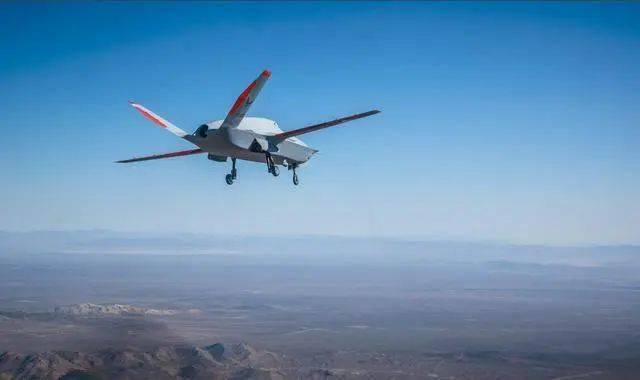This technology is not limited to the creative industry; drones with cameras are pivotal in agricultural monitoring, construction progress tracking, and environmental observation. Farmers use drones for precise crop health monitoring, using multispectral cameras to assess plant conditions, ultimately improving yields and reducing pesticide usage. In construction, drones facilitate site surveys and monitor progress, helping managers make informed decisions and optimize resource allocation. Similarly, drones play a crucial role in monitoring wildlife and habitats, offering non-invasive methods to study animals and ecosystems.
Enhanced Surveillance and Security
The use of cameras in drones extends to the security sector, where they provide enhanced surveillance and monitoring capabilities. Police forces and security agencies employ drones to monitor large areas during events or protests, ensuring safety without deploying extensive manpower. Drones equipped with infrared cameras can conduct nighttime surveillance, which increases the efficacy of security operations in various conditions.
Data Collection and Analysis
Camera-equipped drones are instrumental in data collection and analysis across different fields. In archaeological sites, drones offer a bird’s-eye view for researchers, making it easier to map and document excavation areas without disturbing the site. In environmental research, drones measure atmospheric data, track changes in ice caps, and monitor deforestation, providing vital information to scientists and policymakers.
Drone Technology in Real Estate
The real estate sector benefits significantly from drones by capturing high-resolution images and videos of properties. This technology allows for virtual tours and aerial views, giving potential buyers a comprehensive look at a property without a physical visit. Drones help in selling properties faster by providing engaging visual content that attracts more buyers.
Cost Efficiency and Safety

One of the notable advantages is cost efficiency combined with increased safety standards. Traditional methods of data collection, such as manned helicopters or land-based surveyors, are expensive and sometimes risky. Drones mitigate these risks by performing tasks remotely, significantly reducing operational costs and enhancing safety for personnel involved in hazardous operations.
Considering these advantages, it is clear that the inclusion of cameras in drone technology has diversified the applications and transformed industries worldwide. This innovation continues to evolve with advancements in camera technology, promising even greater precision and capabilities in the future.
Frequently Asked Questions (FAQ)
What kind of camera is best for drones?
The choice of camera depends on the intended use. For professional photography, cameras with high megapixels and advanced features such as image stabilization are ideal. Multispectral or infrared cameras are suitable for agricultural or environmental monitoring.
How do drones with cameras enhance rescue operations?
Drones can quickly survey areas affected by disasters, locating stranded individuals and assessing the situation, thus speeding up rescue operations without jeopardizing the safety of personnel.
Are drones with cameras difficult to operate?
Most drones are designed to be user-friendly, with intuitive controls and automated features such as GPS navigation and obstacle avoidance, making them accessible even to beginners.